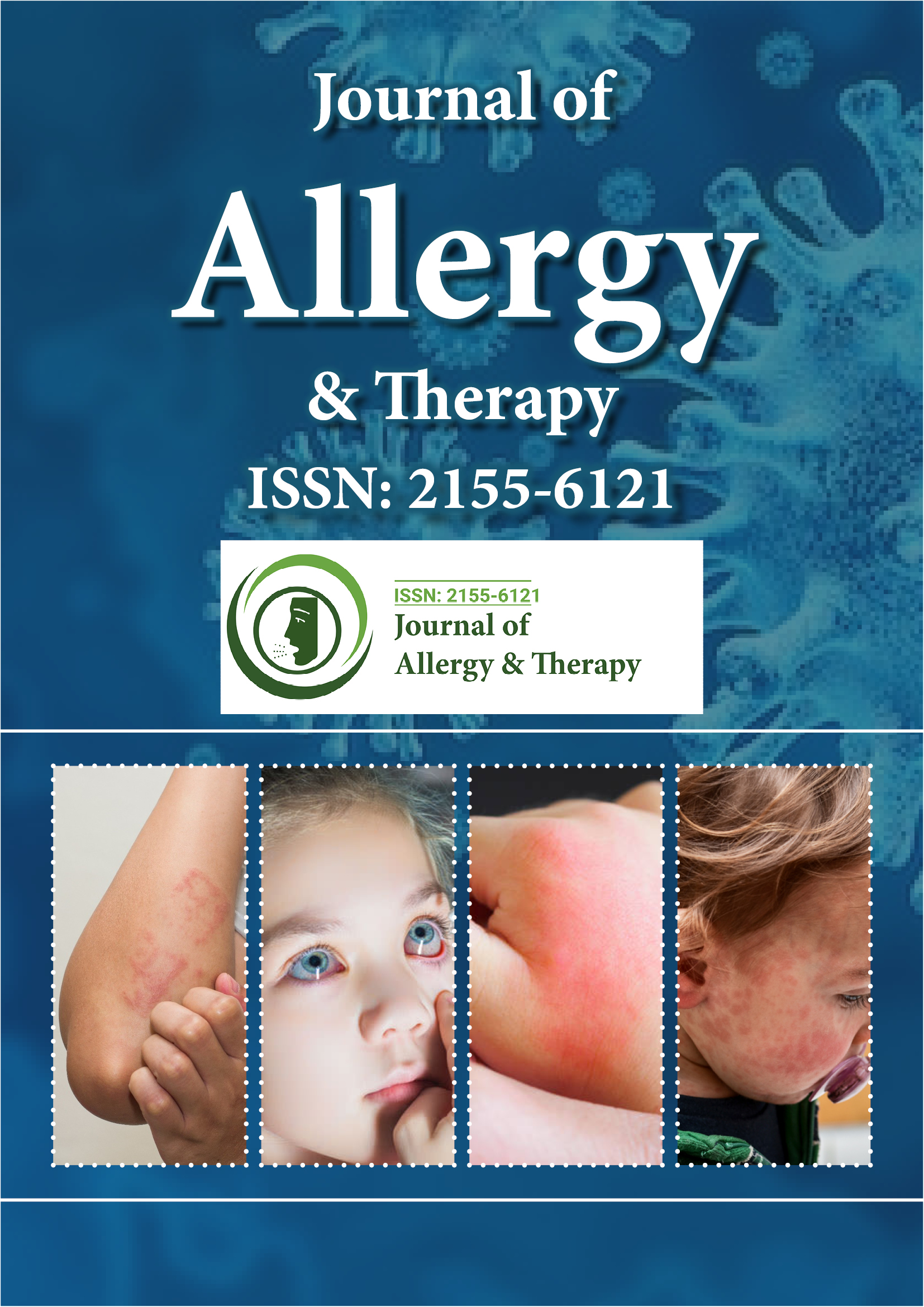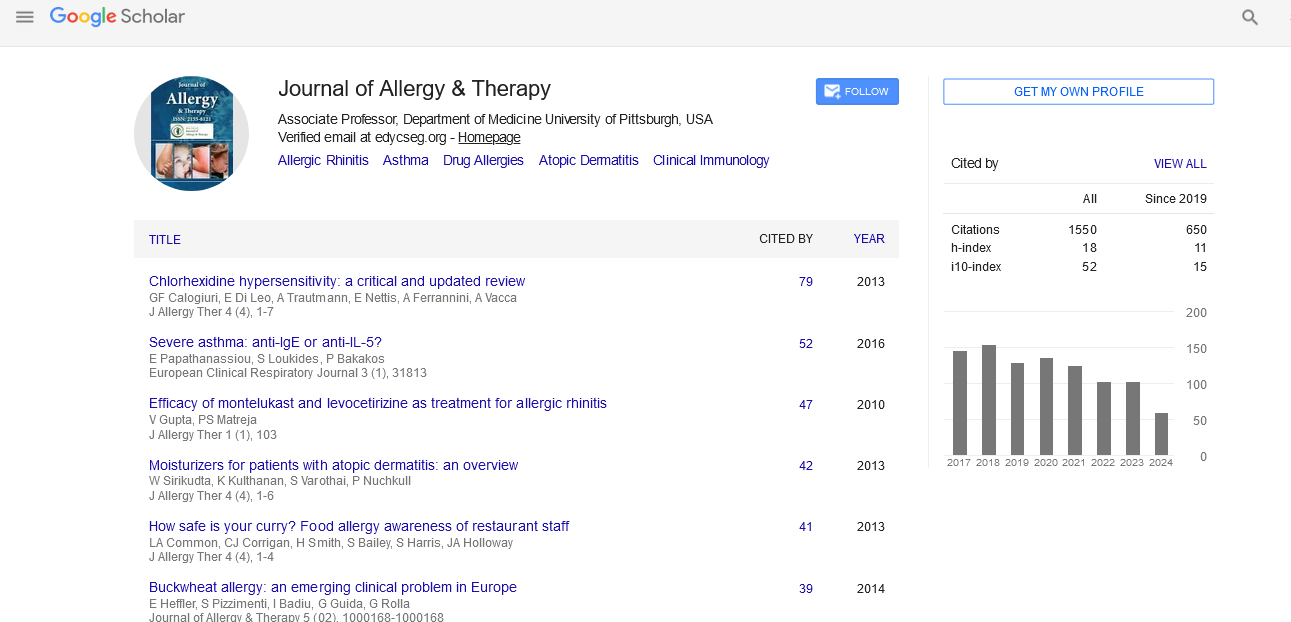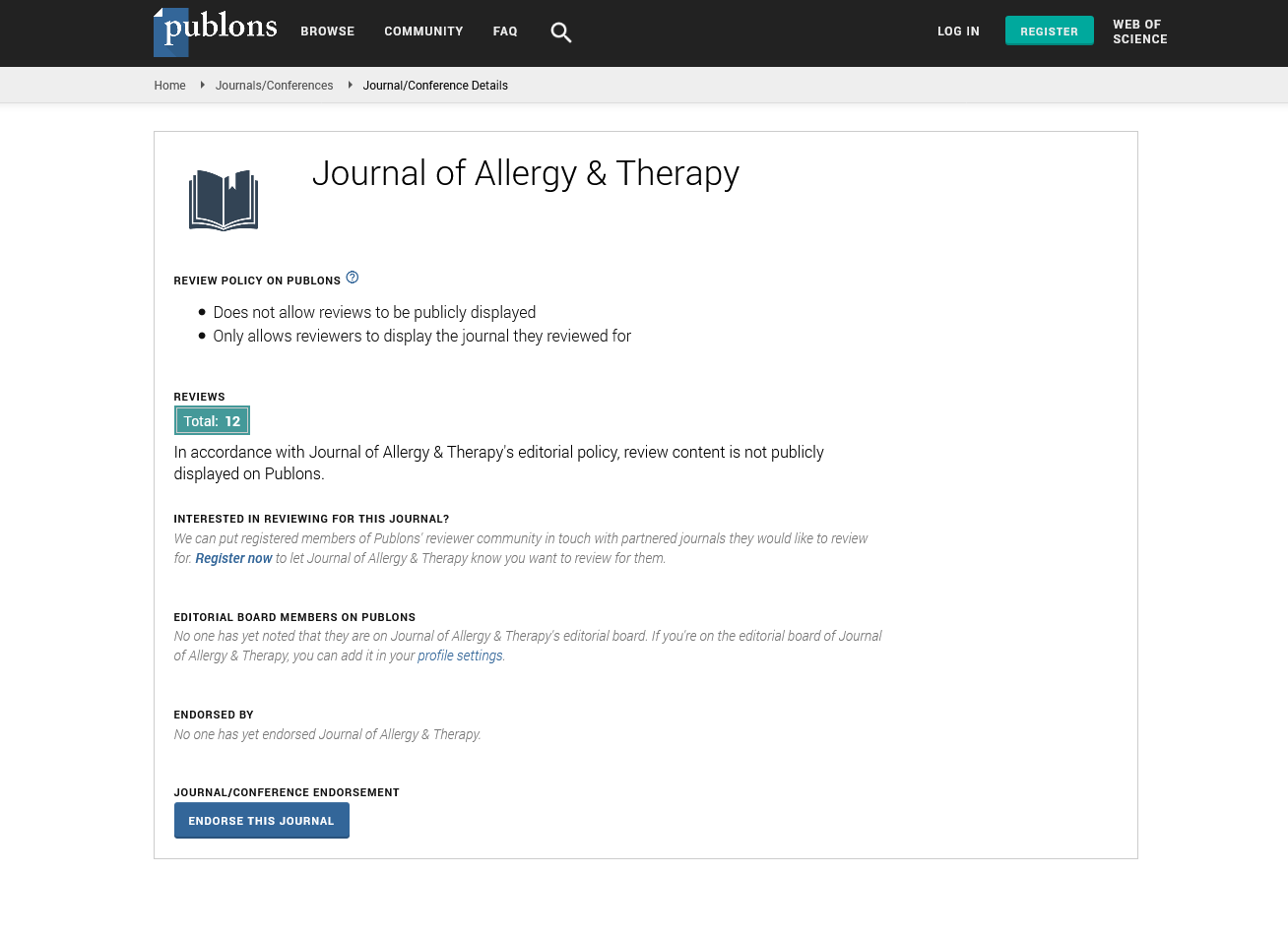Indexed In
- Academic Journals Database
- Open J Gate
- Genamics JournalSeek
- Academic Keys
- JournalTOCs
- China National Knowledge Infrastructure (CNKI)
- Ulrich's Periodicals Directory
- Electronic Journals Library
- RefSeek
- Hamdard University
- EBSCO A-Z
- OCLC- WorldCat
- SWB online catalog
- Virtual Library of Biology (vifabio)
- Publons
- Geneva Foundation for Medical Education and Research
- Euro Pub
- Google Scholar
Useful Links
Share This Page
Journal Flyer

Open Access Journals
- Agri and Aquaculture
- Biochemistry
- Bioinformatics & Systems Biology
- Business & Management
- Chemistry
- Clinical Sciences
- Engineering
- Food & Nutrition
- General Science
- Genetics & Molecular Biology
- Immunology & Microbiology
- Medical Sciences
- Neuroscience & Psychology
- Nursing & Health Care
- Pharmaceutical Sciences
Opinion Article - (2025) Volume 16, Issue 2
Exploring the Sublingual Route for Rapid and Effective Drug Delivery in Modern Medicine
Jorge Sanchez*Received: 30-May-2025, Manuscript No. JAT-25-29451; Editor assigned: 02-May-2025, Pre QC No. JAT-25-29451; Reviewed: 16-May-2025, QC No. JAT-25-29451; Revised: 23-May-2025, Manuscript No. JAT-25-29451; Published: 30-May-2025, DOI: 10.35248/2155-6121.25.16.422
Description
The sublingual route of drug administration, which involves placing medication under the tongue for absorption, has gained significant attention in recent years for its effectiveness, rapid onset of action and patient-friendly approach. Derived from the Latin words “sub” meaning under and “lingua” meaning tongue, sublingual delivery bypasses the gastrointestinal tract and liver metabolism, allowing drugs to enter the bloodstream more directly. This method is particularly advantageous for medications that require quick absorption or for patients who have difficulty swallowing pills. The sublingual technique has been widely adopted across various therapeutic areas, including cardiovascular diseases, pain management, allergies, hormone therapy and even mental health.
Sublingual administration takes advantage of the rich network of blood vessels under the tongue. When a substance is placed in this area, it dissolves and diffuses across the thin mucous membrane into the capillary network, from where it rapidly enters systemic circulation. Because the drug avoids the digestive system and first-pass metabolism in the liver, the amount that reaches the bloodstream can be higher compared to oral ingestion. This leads to faster therapeutic effects and often requires smaller doses to achieve the same result, reducing the risk of side effects.
One of the most well-known examples of sublingual medication is nitroglycerin, used for the treatment of angina pectoris. When chest pain begins, a nitroglycerin tablet or spray placed under the tongue acts within minutes to dilate blood vessels and restore proper blood flow to the heart. This rapid onset is crucial during a cardiac event, where time is of the essence. Similarly, Sublingual Immunotherapy (SLIT) has been developed for patients with allergic rhinitis, offering a needle-free alternative to traditional allergy shots by administering small doses of allergens under the tongue to build tolerance over time.
Another benefit of sublingual delivery is its convenience, particularly for individuals who cannot swallow tablets due to age, medical conditions, or psychological aversions. Children, elderly patients and those suffering from nausea, vomiting, or dysphagia often prefer sublingual tablets, films, or sprays, which dissolve quickly and require no water. Furthermore, because sublingual drugs do not pass through the stomach, they are less likely to be broken down by acidic conditions or digestive enzymes, preserving the drug’s integrity and effectiveness.
The pharmaceutical industry has developed various sublingual formulations, including tablets, films, sprays, drops and lozenges. Each form is designed for rapid disintegration and optimal mucosal absorption. Sublingual films, for example, have become increasingly popular due to their ease of use, portability and ability to deliver precise doses. Medications for anxiety, opioid dependence (such as buprenorphine), erectile dysfunction and migraine are now available in sublingual formats, reflecting the growing demand for fast-acting and user-friendly drug delivery systems.
Despite its advantages, sublingual administration also comes with challenges. The effectiveness of drug absorption under the tongue depends on several factors, including the drug’s molecular size, lipophilicity (fat solubility) and solubility in saliva. Only certain drugs are suitable for sublingual delivery typically those that are potent in small doses and can easily penetrate mucous membranes. Additionally, variability in saliva production, movement of the tongue, or swallowing during administration can impact the amount of drug absorbed. Taste and mouthfeel also play important roles in patient compliance, as unpleasant sensations may discourage consistent use.
Proper technique is essential for ensuring the efficacy of sublingual medications. Patients are typically advised to place the drug under the tongue and avoid swallowing or talking until it has fully dissolved. It is also recommended to refrain from eating or drinking for a short period before and after administration to avoid washing the drug away. Healthcare providers must educate patients on the correct usage to maximize therapeutic outcomes and minimize variability in drug absorption.
Research continues to explore the potential of sublingual drug delivery in new therapeutic areas. For instance, there is growing interest in developing sublingual vaccines and biologics, which could provide a less invasive alternative to injections while maintaining immune efficacy. Additionally, sublingual delivery is being studied in the context of mental health, where fast-acting relief for conditions like depression or panic attacks can be highly beneficial. In the realm of emergency medicine, sublingual naloxone has been investigated as a potentially lifesaving intervention in opioid overdose situations when intravenous access is not available.
The future of sublingual drug delivery is promising, particularly as advances in pharmaceutical technology improve formulation techniques and bioavailability. Innovations in nanotechnology and bio adhesive materials may further enhance mucosal penetration and extend drug retention time under the tongue, leading to even more efficient therapies. Furthermore, the increasing focus on personalized medicine aligns well with sublingual delivery, which offers customizable dosing, ease of administration and a favorable safety profile for many patients.
Conclusion
In conclusion, sublingual administration represents a highly effective and patient-centric approach to drug delivery, offering rapid absorption, ease of use and reduced systemic side effects. While not suitable for every type of medication, it continues to expand its role across multiple therapeutic domains. As research and development in this area advance, the sublingual route is likely to become an increasingly important option in the modern pharmacological toolkit, providing better outcomes and greater comfort for patients around the world.
Citation: Sanchez J (2025) Exploring the Sublingual Route for Rapid and Effective Drug Delivery in Modern Medicine. J Allergy Ther. 16:422
Copyright: © 2025 Sanchez J. This is an open-access article distributed under the terms of the Creative Commons Attribution License, which permits unrestricted use, distribution and reproduction in any medium, provided the original author and source are credited.


